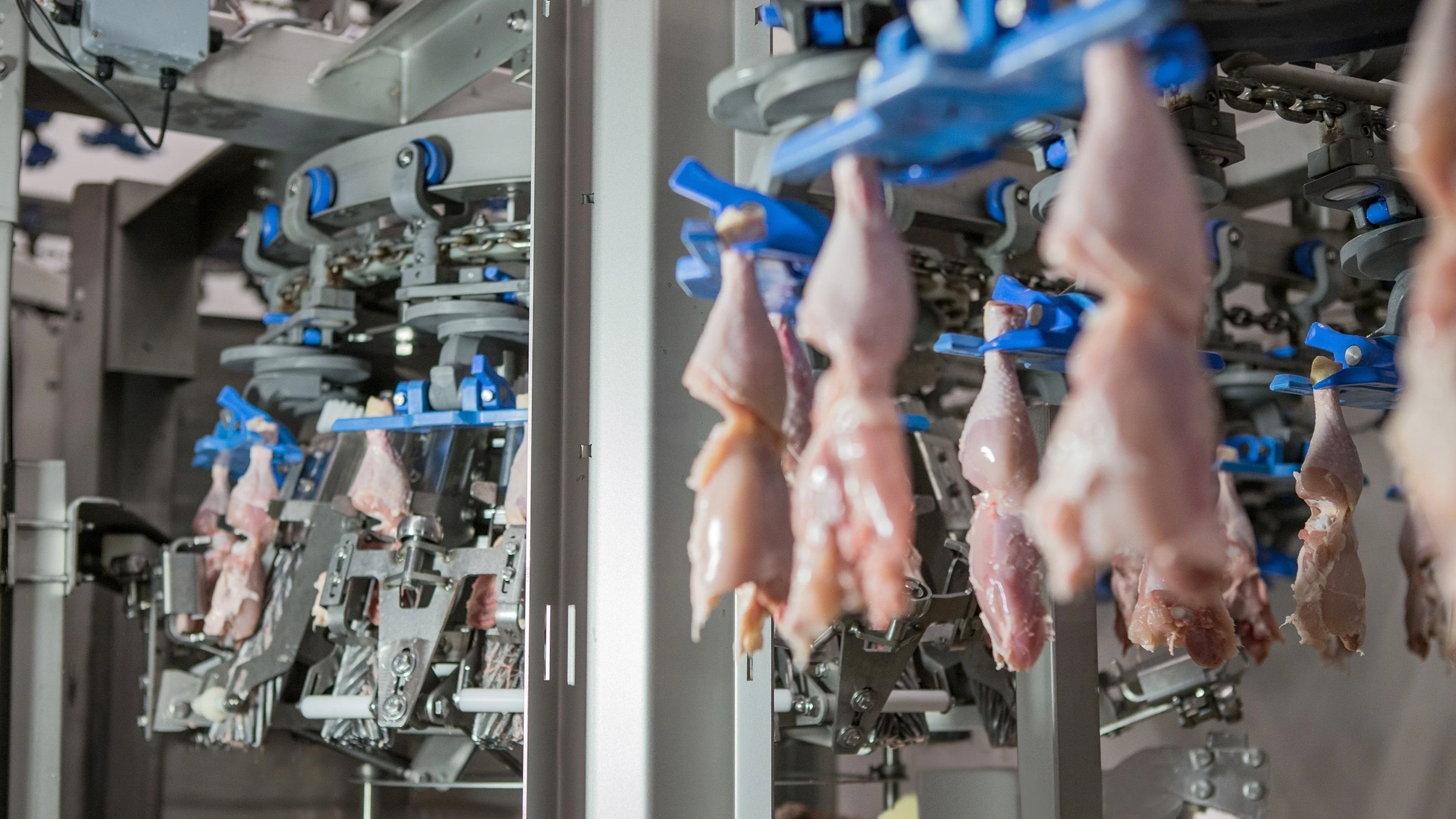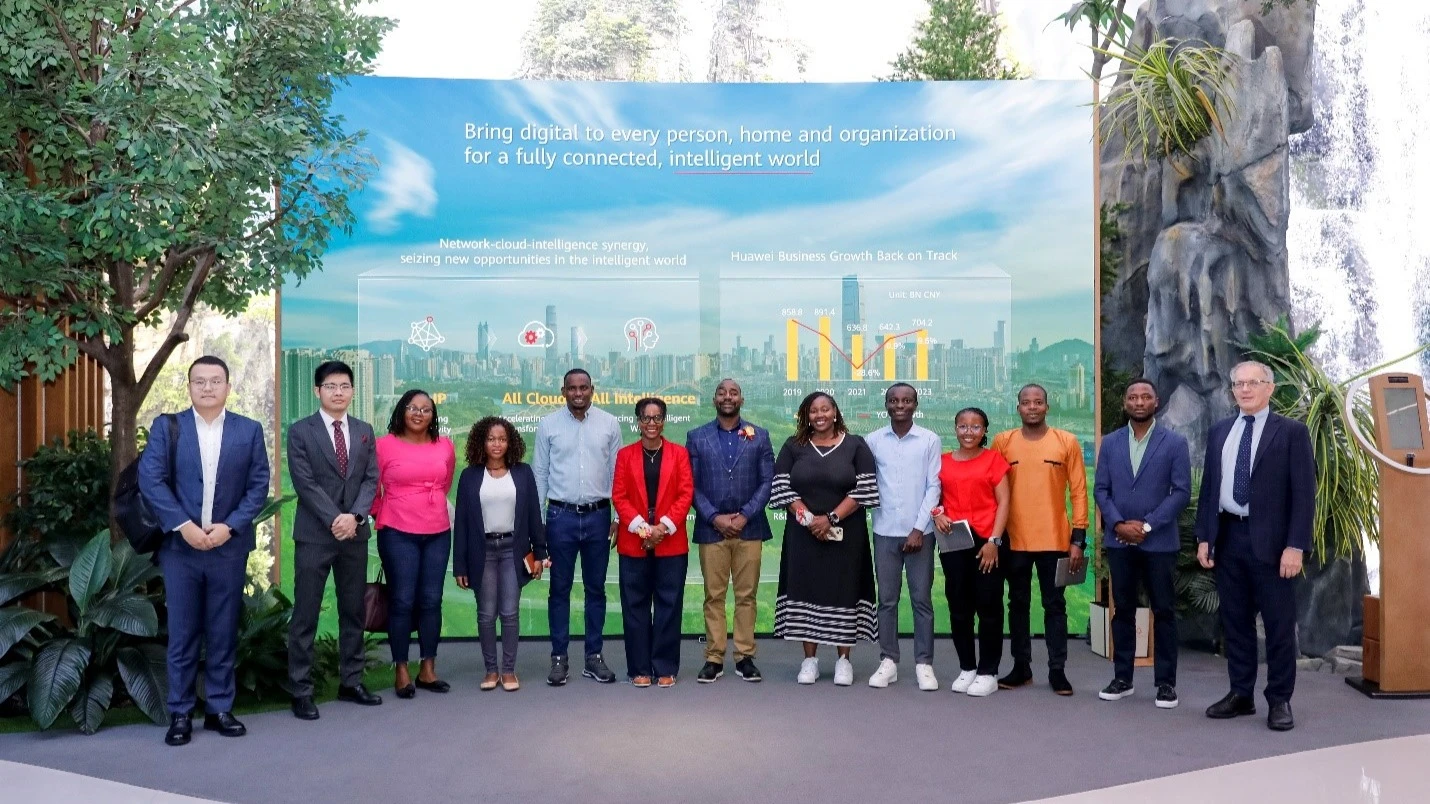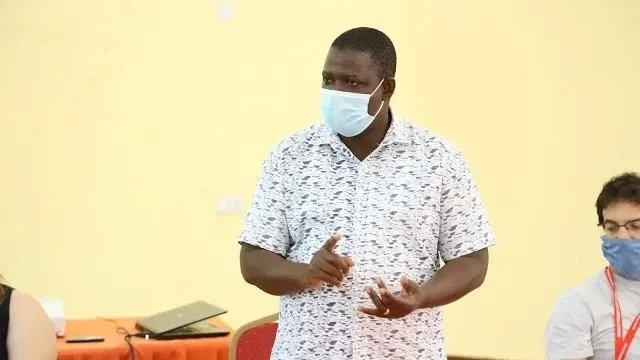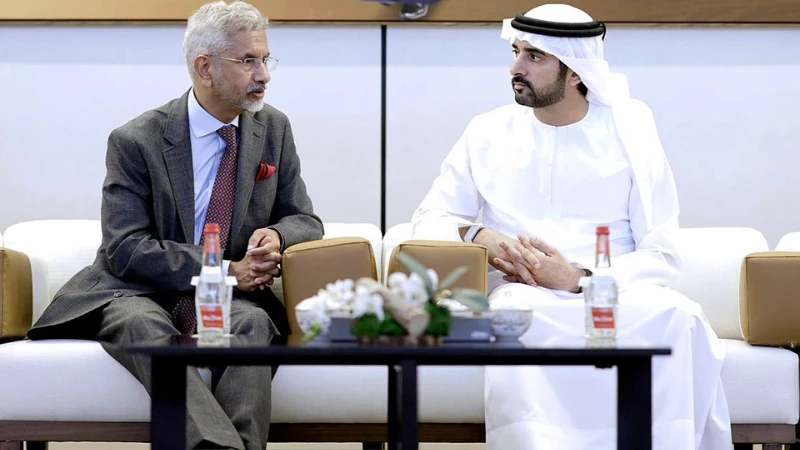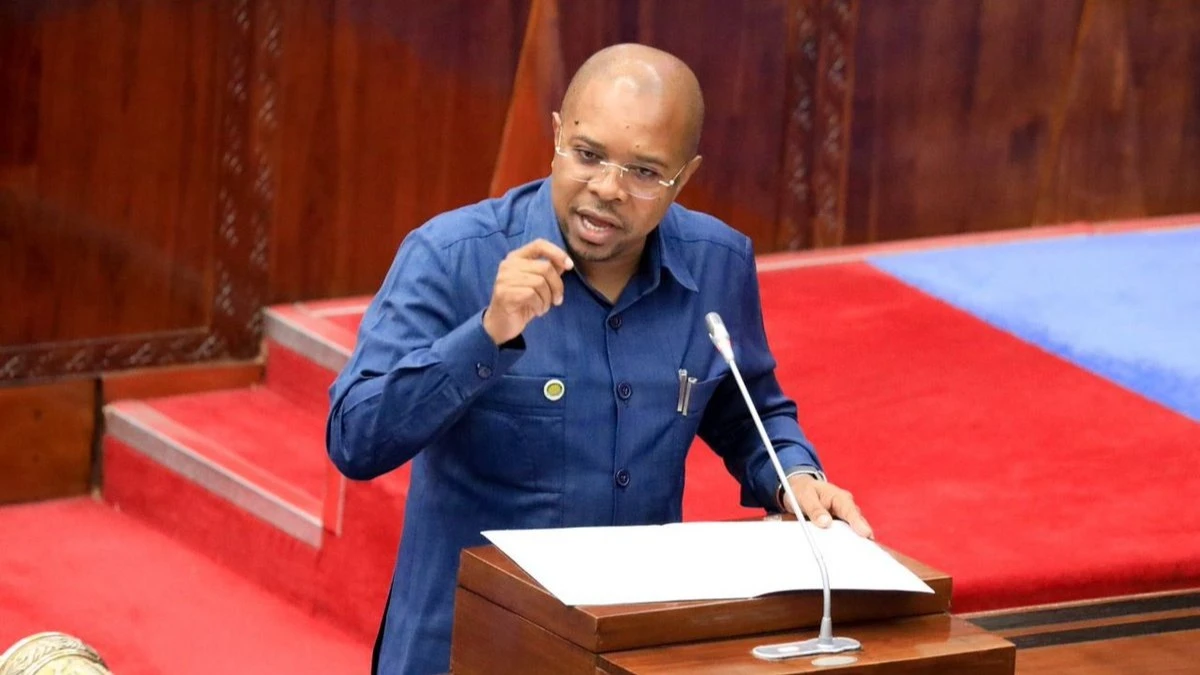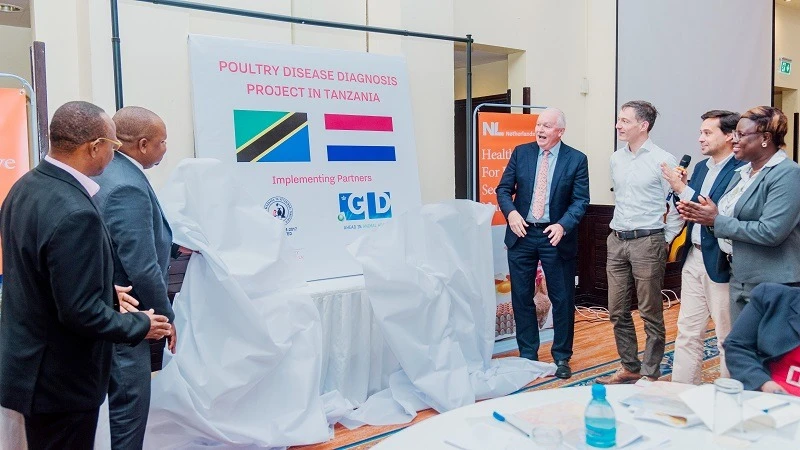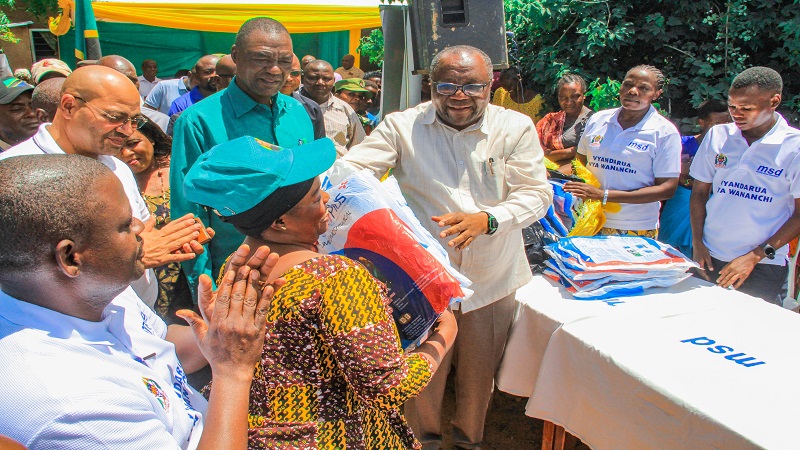Tobacco exports reach historical record $517m in 2024
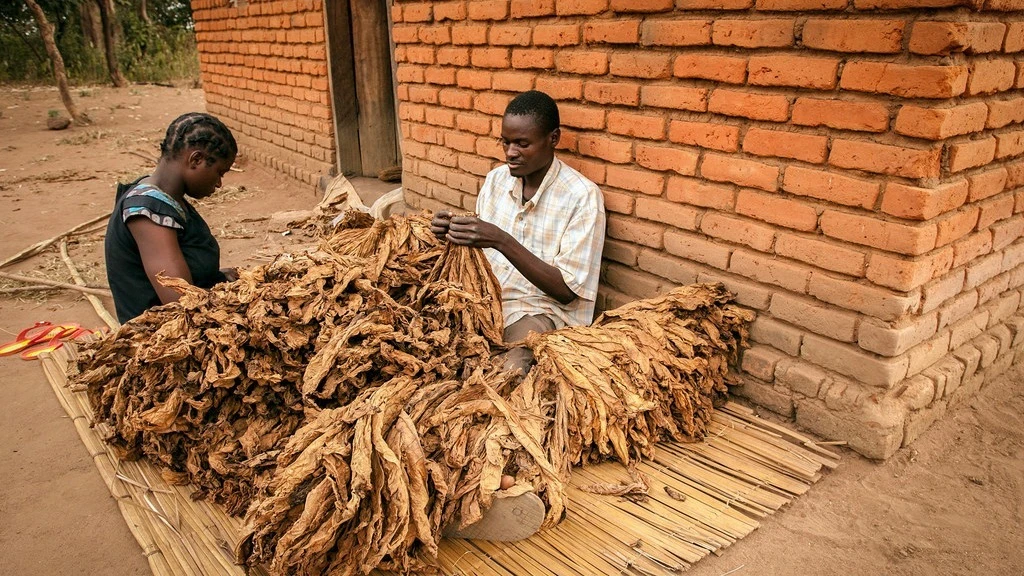
Tobacco farmers in Tanzania have had great moment economically in 2024, as the “controversial” cash crop managed to inject a total of US$517 million (nearly 1.4trn/) of foreign exchange, making it the leading traditional exports earner in two consecutive years.
Farmers sort dried tobacco leaves before selling it to cooperative societies. The crop’s earnings therefore surpass dominant cashew nuts and coffee, which were previous leading as top traditional exports foreign exchange earners to 2022, before being overtaken by tobacco in 2023.
According to the provisional data by Bank of Tanzania (BoT), during the year ending in December 2024, exports earnings from tobacco reached US$517.1million (nearly 1.4trn/-), from US$340.4 million recorded during the year ended in December 2023.
The foreign exchange amount generated from the sale of tobacco is more than a third of total earnings generated by traditional exports including cashew, coffee, tea, sisal, cotton and cloves or more than a third of earnings from manufactured goods.
The Tanzanian government has set ambitious targets to further enhance tobacco production and export revenues.
For the 2024/25 season, the aim is to produce 200,000 tons of tobacco, with an even more ambitious goal of 300,000 tons in the 2025/26 season.
These efforts are part of a broader strategy to increase export earnings to between $600 million and $700 million annually.
The domestic market for tobacco products in Tanzania is also significant, although only 5 percent of produced tobacco is consumed domestically.
According to statista, in 2025, the market is projected to generate revenues of approximately $667.9 million, with cigarettes comprising the largest segment at $603.7 million.
The market is expected to grow at an annual rate of 3.44 percent between 2025 and 2029, reaching a volume of $764.8 million by 2029.
The Tanzanian government has been actively involved in supporting the tobacco industry, providing significant subsidies to enhance production and encouraging more leaf companies to purchase the crop. This support underscores the sector's importance to the national economy.
Agriculture Minister, Hussein Bashe, has been instrumental in advancing the country's tobacco sector.
Under his leadership, Tanzania has ascended to become Africa's second-largest tobacco producer, trailing only Zimbabwe.
Minister Bashe has set ambitious targets to further elevate production, aiming for 200,000 tonnes in the 2024/2025 season and 300,000 tonnes by 2025/2026.
These goals are part of a broader strategy to boost annual export earnings to between $600 million and $700 million.
To support these objectives, the government has attracted significant investments in tobacco processing infrastructure.
Notably, a US$300 million cigarette factory is under construction in Morogoro, expected to enhance the country's processing capacity and provide a reliable market for farmers.
Additionally, the expansion of the Mkwawa Leaf Tobacco processing plant aims to increase its capacity from 80,000 tonnes to 200,000 tonnes per year, positioning it as one of the world's largest facilities for processing green tobacco leaves.
Minister Bashe has also emphasized the importance of fair practices within the industry. The government has initiated crackdowns on exploitative practices by cooperative leaders to ensure that farmers receive equitable compensation for their produce.
The global data show tobacco market is projected to experience moderate growth between 2025 and 2030. In 2023, the market was valued at approximately $904.9 billion and is expected to reach $1.1 trillion by 2030, reflecting a compound annual growth rate (CAGR) of 3.0 percent.
This growth is primarily driven by increasing tobacco consumption in developing regions, particularly in Asia and Africa, where rising populations and changing lifestyles contribute to higher demand.
Additionally, the introduction of new products, such as reduced-risk products (RRPs) and next-generation alternatives like e-cigarettes, is attracting consumers seeking less harmful options.
However, global health initiatives and increasing awareness of the adverse effects of tobacco use are contributing to a decline in smoking prevalence in many countries.
Top Headlines
© 2025 IPPMEDIA.COM. ALL RIGHTS RESERVED


